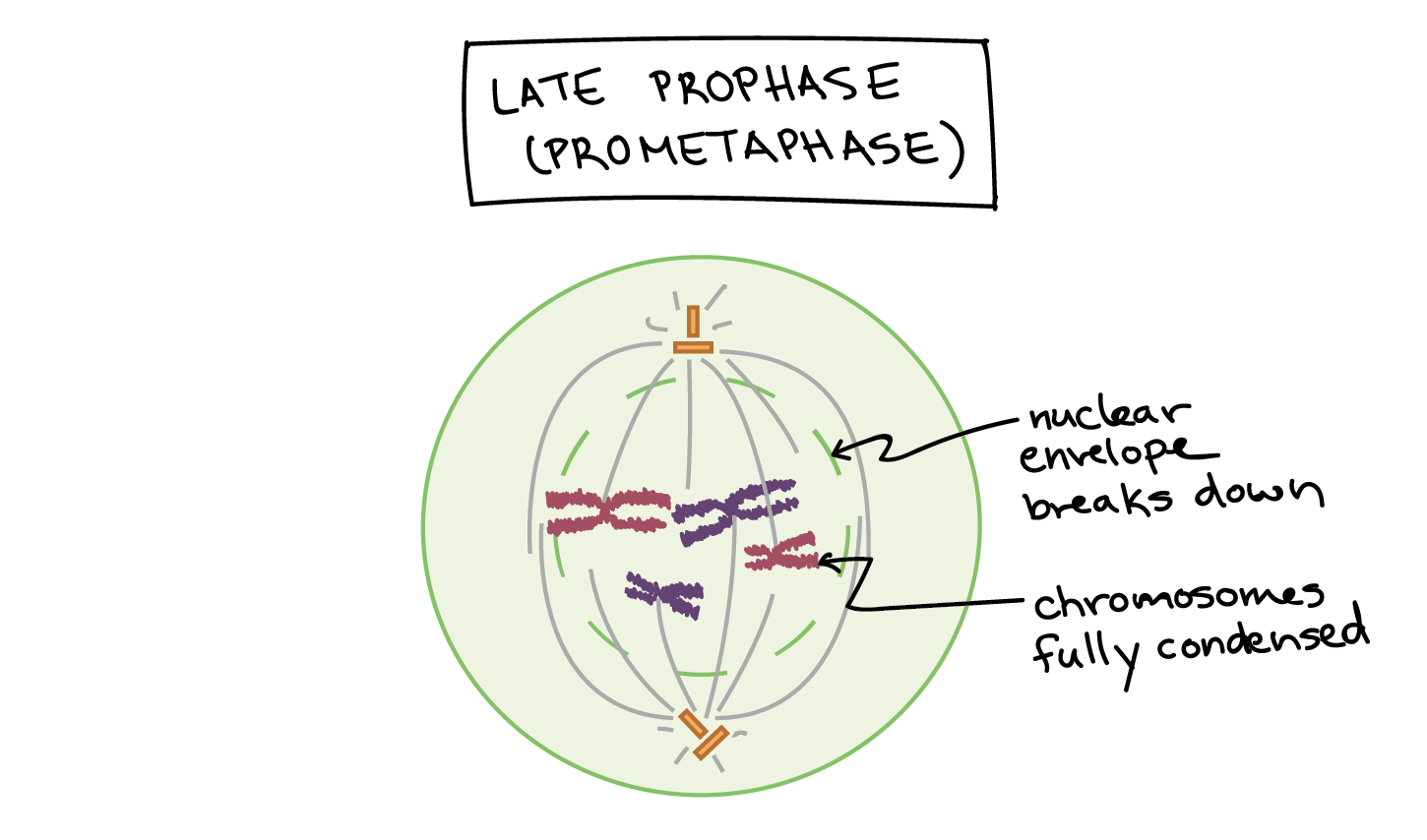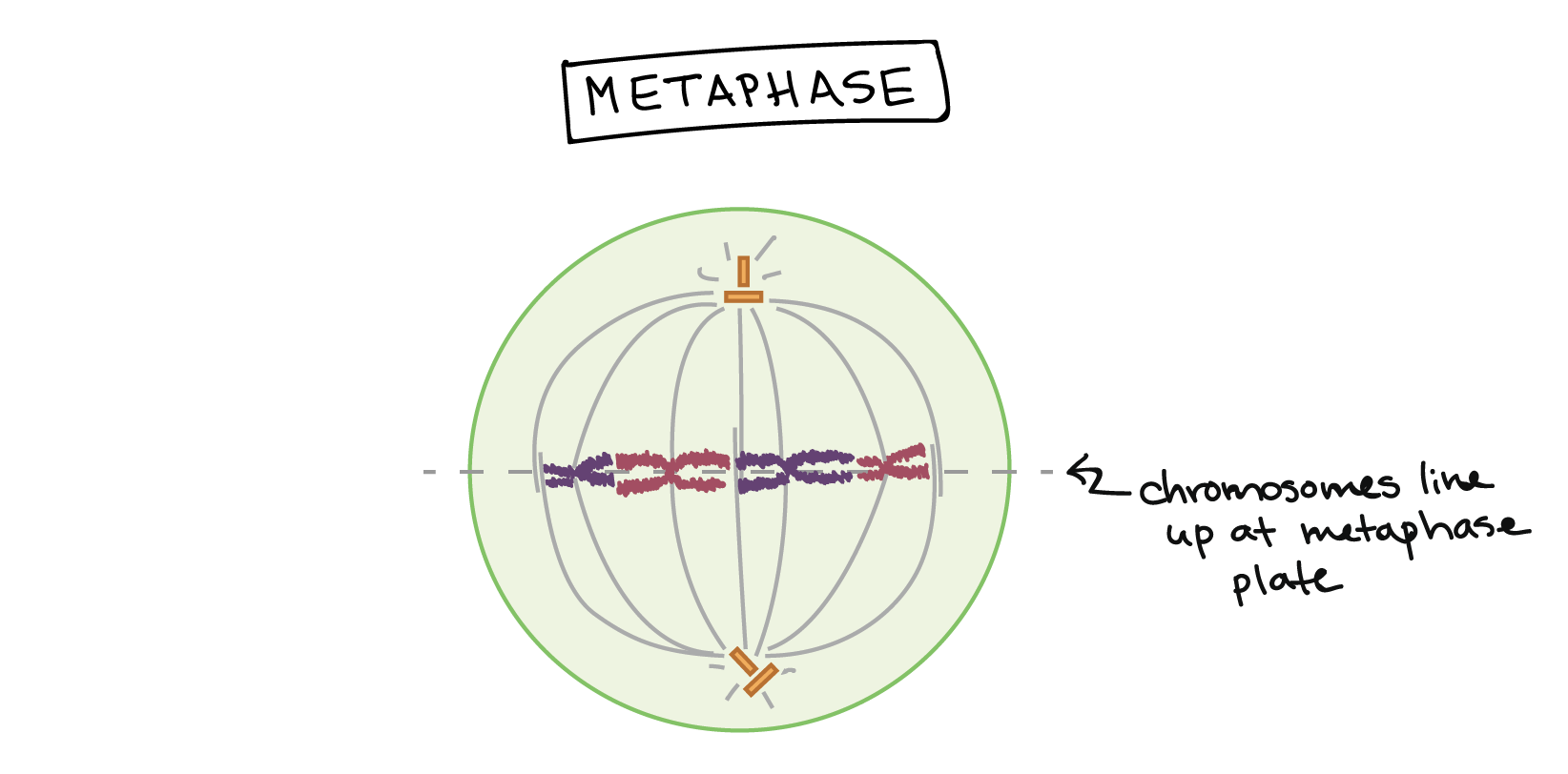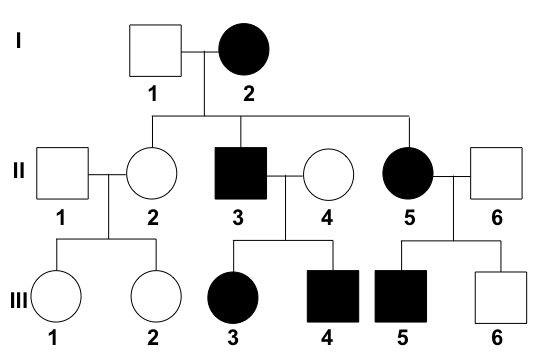Biology
DNA fun!
Table of Contents
- DNA structure
- Cell Division
- Males and Females
- Important definitions
- Genes vs Alleles
- Punnet Squares
- Pedigree Diagrams
- Genetically Modified Organisms
Hey there! Please be advised that these notes are grouped in concepts, not textbook chapters. Feel free to use the textbook, or use that neat little search bar up the top there! Thanks!
- Describe DNA structure: nucleotides, sugar phosphate backbone, base pairing, double helix model
- Explain the importance of the exact replication of DNA
- Describe the relationship between DNA, genes and chromosomes
- Explain the relationship between genes and proteins
- Describe mitosis including: the behaviour of chromosomes; why it is needed
- Explain how meiosis can create variation in offspring, and why this is important
- Describe the chromosomal differences between human males and females
- Understand the terms: dominant, recessive, homozygous, heterozygous, genotype, phenotype
- Explain the difference between genes and alleles
- Use Punnett squares to predict the phenotype and genotype of offspring
- Interpret genotypes/phenotypes from a pedigree diagram
- What is meant by genetically modified organisms (GMO’s) and transgenic organisms
- Explain what gene therapy can be used for
DNA structure
Nucleotides
Nucleotides are the basic building blocks of DNA. For the scope of our subject, they’re also known as bases.
There are four bases:
- Adenine
- Thymine
- Guanine
- Cytosine
Adenine can only go with Thymine, and Guanine can only go with Cytosine. They are bonded together through hydrogen bonds. Remember it like this:
Apples in the Tree. Cars in the Garage.
That’s base pairing for ya!
SATC unit circle? NO. ATGC double helix structure. hell yea
Sugar phosphate backbone
Note: do not inject your backbone with sugar and phosphate.
The sugar phosphate backbones are the strong bonds between one nucleotide and the phosphate of the next nucleotide. In the double helix structure, they form those long curly strands that are connected to each other by bases.
Double helix model
DNA has a molecular structure of a double helix. It looks like this:

Well actually it looks a bit more complicated…

Yea…
Anyway, the double helix structure of DNA consists of the following components.
- Base pairing - those are your horizontal lines which link…
- DNA strands!
In DNA there are two antiparallel strands, which are basically just sugar phosphate molecules.
Exact replication of DNA
DNA replication is extremely important, as it is the process by which genetic information is duplicated to produce new cells. Reproduction of cells, and by extension, organisms, depend on accurate and exact DNA replication. When errors or abnormalities occur in DNA replication, genetic disorders can cause developmental, intellectual, physical, or other life-threatening issues.
Relationship between DNA, genes and chromosomes
- DNA molecules contain genetic information and are known for their double helix structure.
- Genes are made up of DNA and contain genetic code to form proteins.
- Chromosomes are DNA molecules containing tightly coiled DNA that is only visible during cell division. It contains a very long strand of DNA, and contains many genes!
Genes and proteins
- Genes contain the genetic code to form proteins.
- Genes become proteins through a complicated process featuring two ideas - transcription and translation.
- In accordance with the unwritten laws of standardised testing in education, we’re not going to go into that since its not covered in the test.
Cell Division
Mitosis
Mitosis is a type of cell division that produces two daughter cells from one parent cell, with the same number of chromosomes.
There are four stages to Mitosis:
- Prophase
- Metaphase
- Anaphase
- Telophase
More information available at Khan Academy
You can remember these four stages using the acronym PMAT. or, Pee on the MAT. lol.
It is also worth remembering that while interphase is not the first stage of mitosis, it does precede mitosis, as it is the stage where the cell is being prepared for mitosis.
Prophase
- Chromatin condenses into chromosomes (remember that chromosomes aren’t visible before this process - and chromatin is the DNA + proteins that form chromosomes)
- The nuclear envelope (membrane around the nucleus) begins to break down

Metaphase
- Chromosomes are lined up in the middle of the cell, ready to divide. The imaginary line which they are queued up in is often referred to as the metaphase plate
- There’s also this notion of spindle fibers which attach to each pair of the chromatids

Anaphase
- Sister chromatids, which were lined up in Metaphase, now divide
- Woohay! These previously double stranded chromosomes are now single stranded chromosomes. So while the number of chromosomes have doubled, the number of chromatids have stayed the same
Telophase
- Nucleus begins to form
- Chromosomes begin to decondense
Meiosis
Meiosis is a different type of cell division process, that occurs in sex cells. It involves one cell dividing twice, to result in 4 daughter cells total, each with half the original set of chromosomes.
diploid cell -> haploid cell
Like Mitosis, it undergoes PMAT, but it does this twice.
Meiosis I
- Prophase 1
- Metaphase 1
- Anaphase 1
- Telophase 1
Meiosis II
- Prophase 2
- Metaphase 2
- Anaphase 2
- Telophase 2
Homologous pairs of chromosomes cross over quite randomly, forming chromosomes that have been changed and unique combinations of alleles. This unique combination is um… important for making babies. do i need to explain why?
What does Homologous mean?
Homologous chromosomes are the couple linking maternal and paternal chromosomes (one each) that pair with each other inside a cell during fertilisation.What are alleles?
Alleles are the alternate or variant forms of a given gene.Males and Females
Learn more at the World Health Organization
The X and Y chromosomes determine a person’s sex. Most women are 46XX and most men are 46XY. Therefore, it can be said that while females possess only the generic X chromosome, males inherit the unique Y chromosome.
Important definitions
| Term | Definition |
|---|---|
| Dominant | A dominant gene/allele needs one copy in order to influence the phenotype. |
| Recessive | A recessive gene/allele needs two copies in order to influence the phenotype. |
| Homozygous | Homozygous genes occur when the alleles are the same. |
| Heterozygous | Heterozygous genes occur when the alleles are different. |
| Genotype | The genetic makeup of a cell. |
| Phenotype | The set of physical characteristics determined by the genetic makeup of a cell. |
Genes vs Alleles
Remember that genes are the small sequences or sections of DNA that contain genetic code to form proteins. Alleles are variant forms of these genes - an allele refers to one of usually two variant/mutant form.
Punnet Squares
Punnet squares are diagrams (they look similar to two way tables) that can be used to predict genotypes.

The dominant allele only needs one of it present in a gene, while the recessive allele needs to have two of it in a gene.
With Punnet Squares, you can determine the probability of a specific genotype.
Pedigree Diagrams
Pedigree diagrams show the presence or absence of a particular trait throughout a family.

- Circle = male
- Square = female
- Coloured in = affected with trait in question
- Roman numerals indicate generation
- Arabic numerals indicate individuals
- E.g, II-4 was born in the second generation and is the 4th person to be born
The exam questions will usually ask you to determine whether a trait has occured, but you might not always be able to determine the genotype with only the information you have.
Genetically Modified Organisms
yum yum
- Genetically modified organisms refer to any living organisms whose genetic material has been altered using genetic engineering techniques.
- Transgenic organisms are living organisms that have been introduced to foreign DNA using biotechnology.
- The foreign DNA is refered to as the transgene.
- Recombinant DNA is artifically produced DNA that has been formed by combining genetic material from different organisms to create new DNA sequences.
- Genetic recombination is the exchange of genetic material between different organisms.
It’s a pretty controversial topic, right up there with whether cheeseburgers should fit in your mouth or not and what you should do if someone asks you to look after their pets for 3 weeks and then disappears for a year oh wait that isn’t controversial :/ With that being said however, if something like this comes up as part of an exam qustion, you should always do a safe, non-r/unpopularopinion, risk-benefit analysis that is impartial and– ok you know what just pretend alright noone cares about your political opinions you’re here for the masks not the poopposting.
- GMO crops can be more resistant to pesticides… which is probably a good thing because then you’re not injesting carcinogenic herbicides which have been involved in multidistrict litigation involving over 42,000 plaintiffs.
- That being said, if GMO experiments go wrong, that’s bad right? and i oop–
Noone cares about your political opinion.
Gene Therapy
Gene therapy involves inserting copies of a norbal allele into the chromosomes of an individual with a faulty/defective allele or gene. It’s typically used in genetic disorders such as cystic fibrosis (an inherited, life-threatening disorder that damages the lungs and digestive system). It’s only ever used on body cells, not sex cells (because that would affect offspring), however, offspring could still inherit the faulty allele from their parents (familiarise yourself with genes and alleles).
It is not always successful, and there are different methods (and discussions) surrounding gene therapy. However, I don’t believe it will be a central component of the exam, so if you are interested, please read more at…